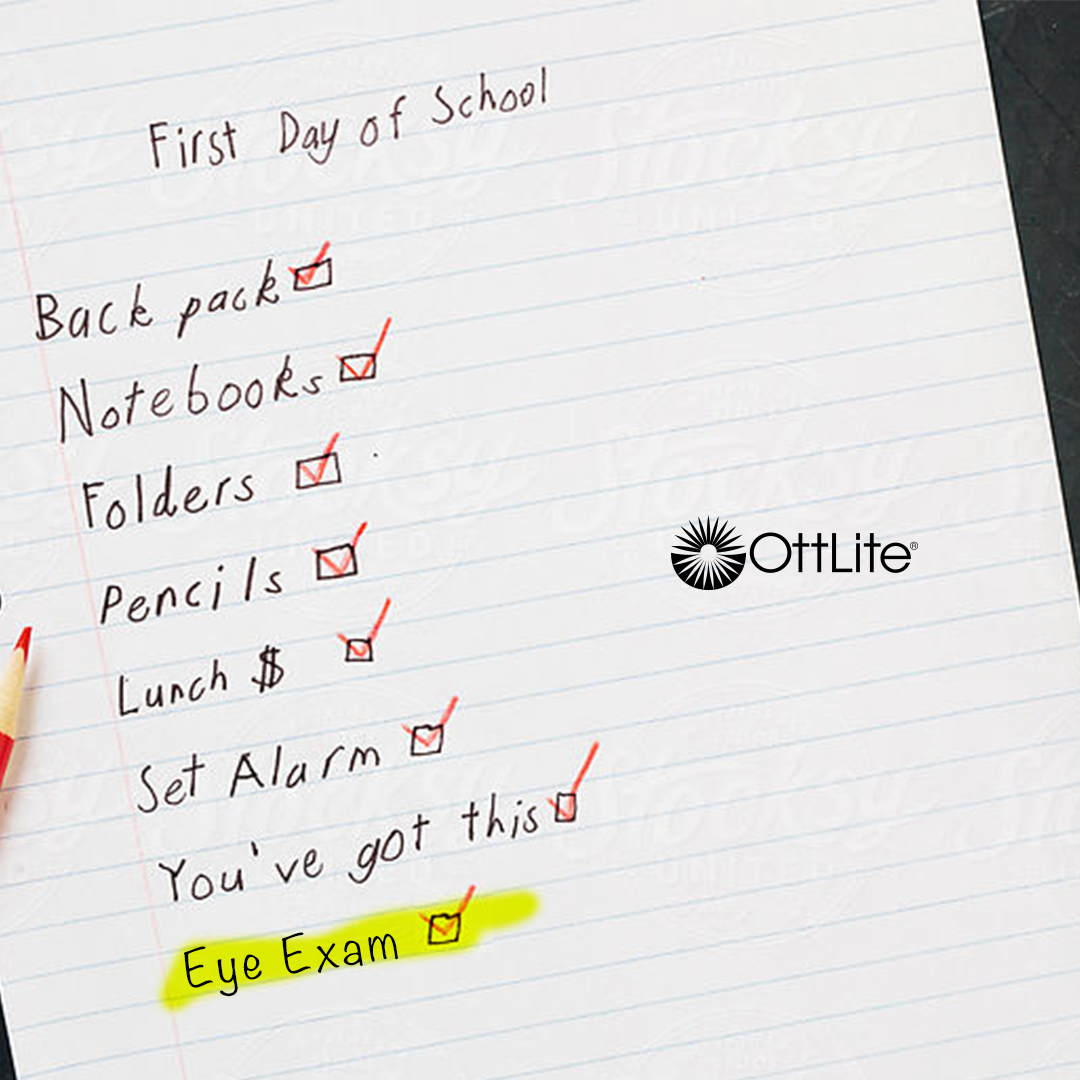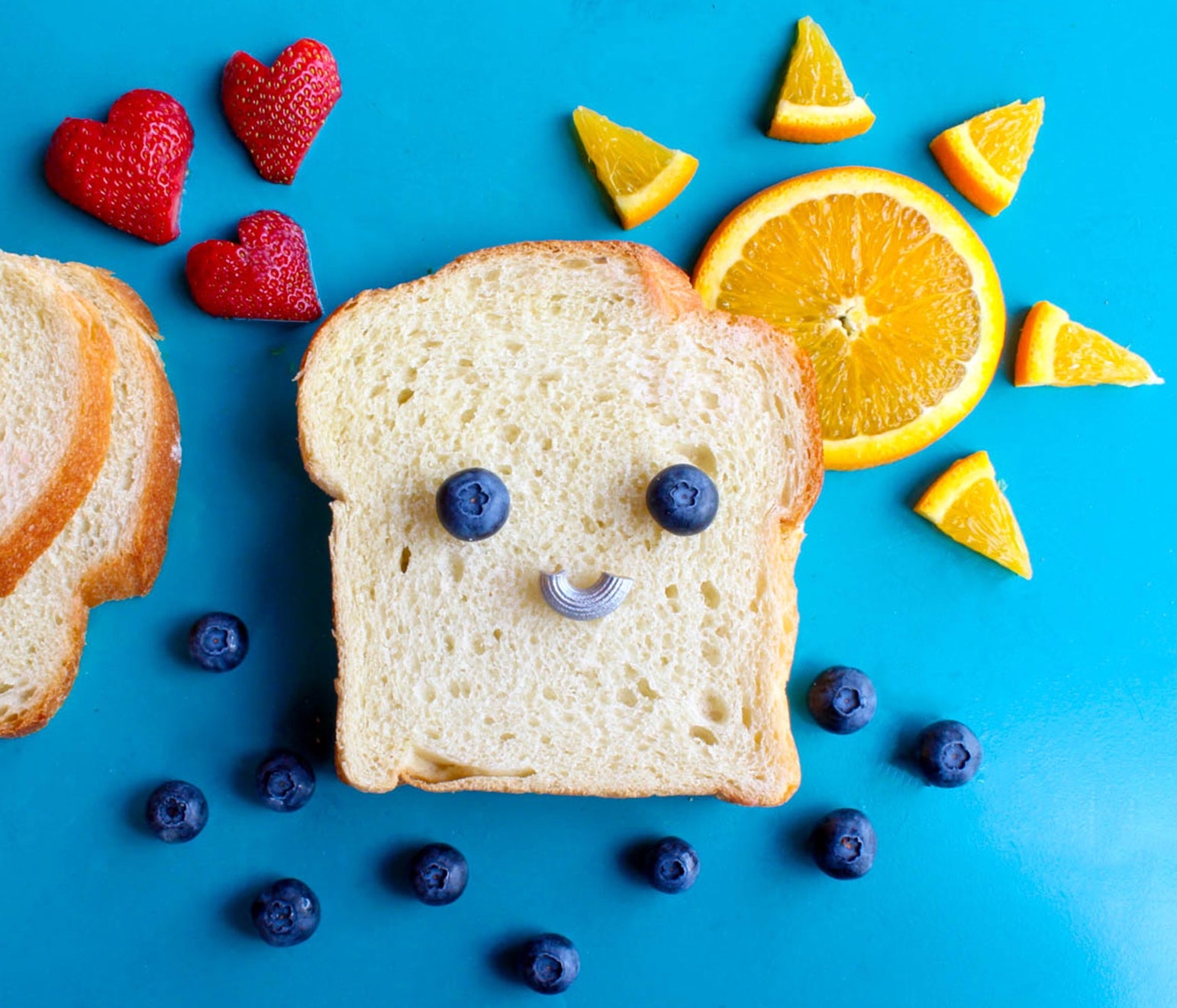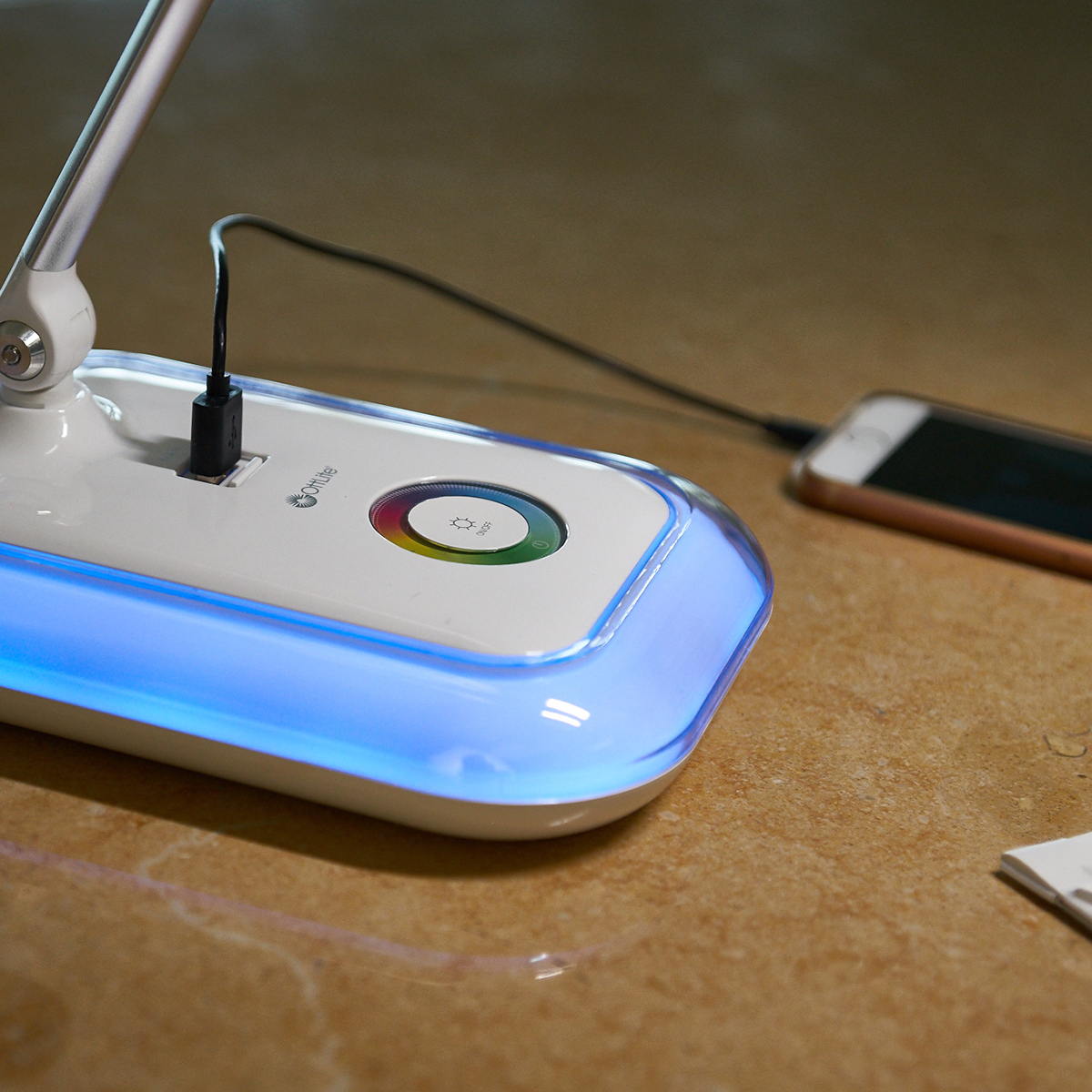 The perfect outfit, a fresh haircut and a backpack full of new school supplies can help a child feel confident and ready to tackle the first day of school.
The perfect outfit, a fresh haircut and a backpack full of new school supplies can help a child feel confident and ready to tackle the first day of school.
But when the lessons begin, will freshly sharpened pencils and color-coded folders give your child an advantage in the classroom? Not if an undetected vision problem holds them back.
According to the American Optometric Association, at least 25 percent of school-age children have eye problems or limited vision.
The highest quality school supplies won’t matter if your child has trouble seeing what’s written on the chalkboard.
See Healthier This School Year
Healthy eyes are the most important learning tools we can help our kids utilize for success in school. 80 percent of what we learn is learned visually. If we devote more of our attention to helping our kids see healthier, we can ensure they have the best possible tools to learn.
Make sure your child’s eyes are ready to learn with these tips:
1. Schedule an eye exam before school starts. Even a child who passes a school vision screening can have a vision problem. There’s more to vision than 20/20 eyesight. Eyes are complex and typical school vision screenings are not comprehensive. The American Optometric Association recommends children see an eye doctor for a complete eye exam every year.
In addition to the visual acuity commonly measured with a distance vision testing chart, comprehensive eye exams assess a variety of visual perceptual skills. These skills include eye focusing, eye tracking movement and teaming – how eyes are used together as a team.
If any visual skills are lacking, eyes have to work harder. This often leads to eyestrain, headaches and more problems that can inhibit learning.
2. Stock up on vision-protecting foods. Your child’s lunch can feed learning both through brain food and eye food. As you plan healthy, balanced lunches for your kids, sneak in some extra eye superfoods.
All of these foods contain nutrients that support eye health: 
- Leafy green vegetables like kale and spinach
- Blueberries, strawberries and oranges
- Eggs
- Carrots
- Nuts (make sure your child’s school allows them)
If you can, incorporate salmon into your family’s dinner rotation. It’s one of the best sources of eye-healthy omega-3 fatty acids. Check out these recipes that feature salmon and other sight-boosting ingredients that will benefit the whole family.
3. Outfit your homework space with natural lighting. When it comes to focusing and helping your eyes absorb information, your lighting can make a huge impact. Researchers have found that studying under natural lighting increases retention and improves productivity.
While you can’t control the lighting in your child’s classroom, you can make sure their homework space is illuminated by healthy light. Whether your student is in elementary school or college, a natural light desk lamp will help them study smarter.
 Natural daylight lighting has a balanced spectrum of color that’s easy on your eyes and can help you stay focused. Typical LED lighting is unbalanced, which causes eyes to work hard to fill in gaps. This can make it harder to focus as you study and cause eyestrain.
Natural daylight lighting has a balanced spectrum of color that’s easy on your eyes and can help you stay focused. Typical LED lighting is unbalanced, which causes eyes to work hard to fill in gaps. This can make it harder to focus as you study and cause eyestrain.
While eyestrain can sometimes be a sign of an undiagnosed vision problem, it is very often a sign of inadequate lighting. 3 out of 4 people experience eyestrain every day. Itchy, burning, fatigued eyes are keys signs that we are not using healthy lighting.
To fight eyestrain and help eyes be the healthiest they can be, researchers and LED engineers at OttLite created the Wellness Series. These next generation natural daylight lamps are the only lights proven to reduce eyestrain by up to 51 percent.
For students of all ages, The Glow LED Desk Lamp from the OttLite Wellness Series is a fantastic choice. Not only does this reduced eyestrain lamp encourage more focused studying, it’s a fun and functional desk accent. The Glow features a color changing base and a USB port for charging devices.
Signs of Vision Problems in Children
As your child progresses through the school year, keep in mind that kids’ eyes change rapidly as they grow. Vision changes can occur without you or your child noticing. Often times, young kids don’t recognize vision problems because they assume how they see is how everyone sees.
Stay mindful of eye health and watch out for these signs that indicate a vision problem may be interfering with learning:
- Rubbing eyes or blinking more often
- Frequent headaches
- Holding books close to the face
- Avoiding reading or homework
- Difficulty reading - losing place or skipping words
- Covering one eye
- Shorter attention span
The earlier a vision problem is detected and treated, the better the chances for good vision and successful learning.
For more ways to care for your vision at school, home and work, visit seehealthier.com. Follow us on Facebook, Twitter, Instagram and Pinterest for regular reminders and tips to help you make healthier choices for the sake of your eyes.
You need to
login to comment.